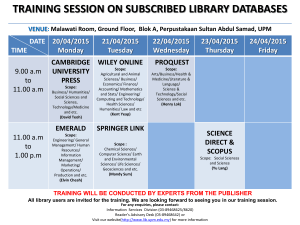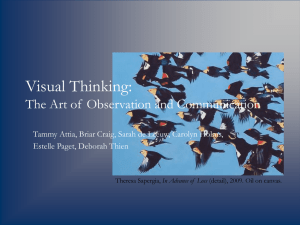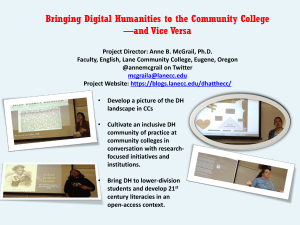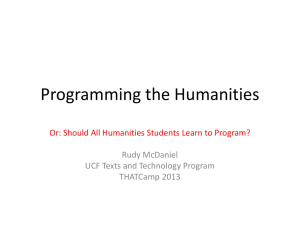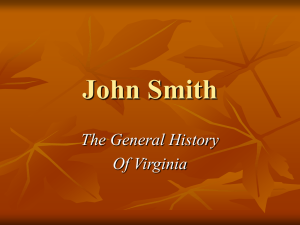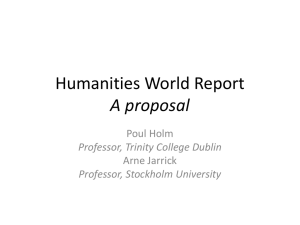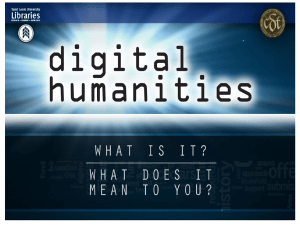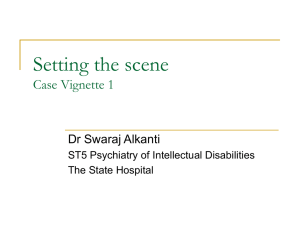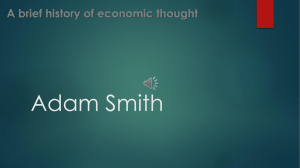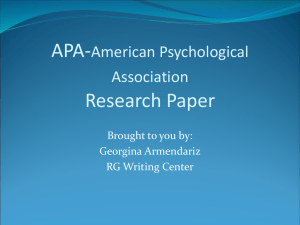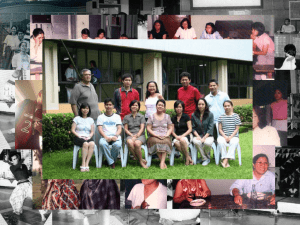The Digital Charlotte Smith
advertisement
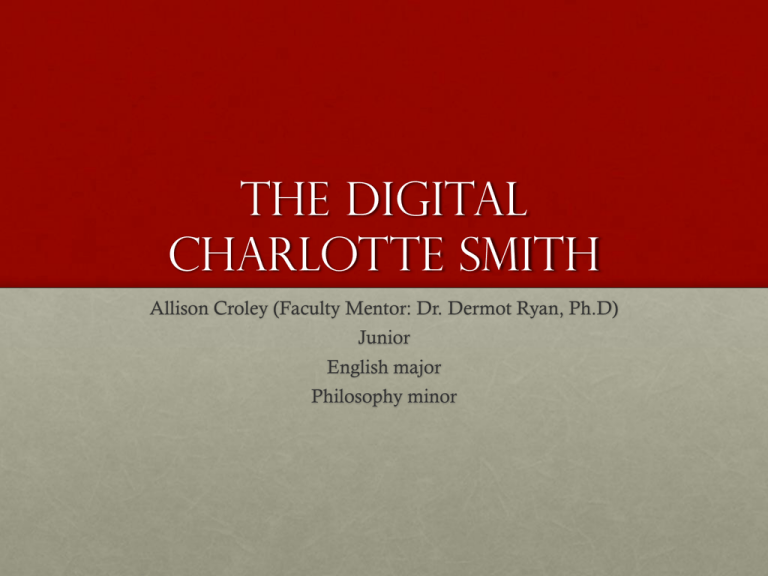
The Digital Charlotte Smith Allison Croley (Faculty Mentor: Dr. Dermot Ryan, Ph.D) Junior English major Philosophy minor Presentation Overview • History/Background: Digital Humanities (DH) • Promise/Concerns • Charlotte Smith/Digital Tools • Concluding Thoughts What is DH? “[The] Digital Humanities include, among other kinds of projects, text encoding and analysis, digital editions of print works, historical research that recreates historical architecture in virtual reality formats … archival and geospatial sites, and … electronic literature and digital art that draws on or remediates humanities traditions (Hayles, 27) • First wave: “quantitative, mobilizing the search a d retrieval powers of the database, automating corpus linguistics, stacking hypercards into critical arrays” (26) • Second wave: “qualitative, interpretive, experimental, emotive, generative in character” (26) The Promise of DH • Digital tools assist in research and teaching • Project-based, collaborative, opportunities for scholars and students in humanities The concerns about DH • Are Digital Humanities the humanities at all? • Are its methods the methods of the sciences? • Where is DH going? • Is DH merely a symptom of our obsession with technology? Putting theory into practice: Charlotte Smith’s Beachy Head • Started as research paper for Romantic Genres • Explored pastoral and counter pastoral elements in Smith’s poem • Not much work done on pastoral, more work done on topographical and political elements • My question: Could digital tools enrich my research? Tool #1: Voyant • Online text analysis tool that organizes words statistically based on frequency • My first digital experiment • Findings: • Need “hypothesis” • The more text, the better • Word cloud can be deceiving Test #1 Test #2 How is Voyant useful? • Allows readers to test patterns they see in text • Potentially allows readers to see new patterns in text • Helps readers visualize the architecture of the text Tool #2: Eighteenth Century Collections Online (ECCO) • Fully searchable online database of 18th Century texts • Test #1: Searched “Beachy Head” between 1650 and 1800 • Most texts about war and storms at sea/shipwreck • Solidifies argument that Smith was drawing on accurate history and science • Test #2: Searched (Beachy Head) AND (Charlotte Smith) • The cave the Hermit in Beachy Head dwells in is factual • The Hermit is a character from one of Smith’s prior novels • After Beachy Head was published, the Hermit disappears from later editions of the novel How is ECCO Useful? • Access for undergraduates • Enriches context • Expands research Wordpress • Information architecture • Interpretive act • Present to wider audience Final reflections • Gains: • Scholarly – new patterns across large bodies of work • Interpretive – databases, information architecture, design • Pedagogical – word could, immediate understanding (pictures, virtual simulations, etc.) • Further recommendations: • People are already doing it -- great if faculty who are doing it could share • Helping us to do what we already to better – great if better integrated into curriculum • Tools could be accepted as part of scholarship we do as undergraduates • How to incorporate into English department? Thank you • Dr. Dermot Ryan, Ph.D (Faculty Mentor) • Melanie Hubbard, Archives and Special Collections Assistant • Undergraduate Research Symposium Works Cited Hayles, Katherine. How We Think: Digital Media and Contemporary Technogenesis. Chicago: The University of Chicago Press, 2012. Print.
